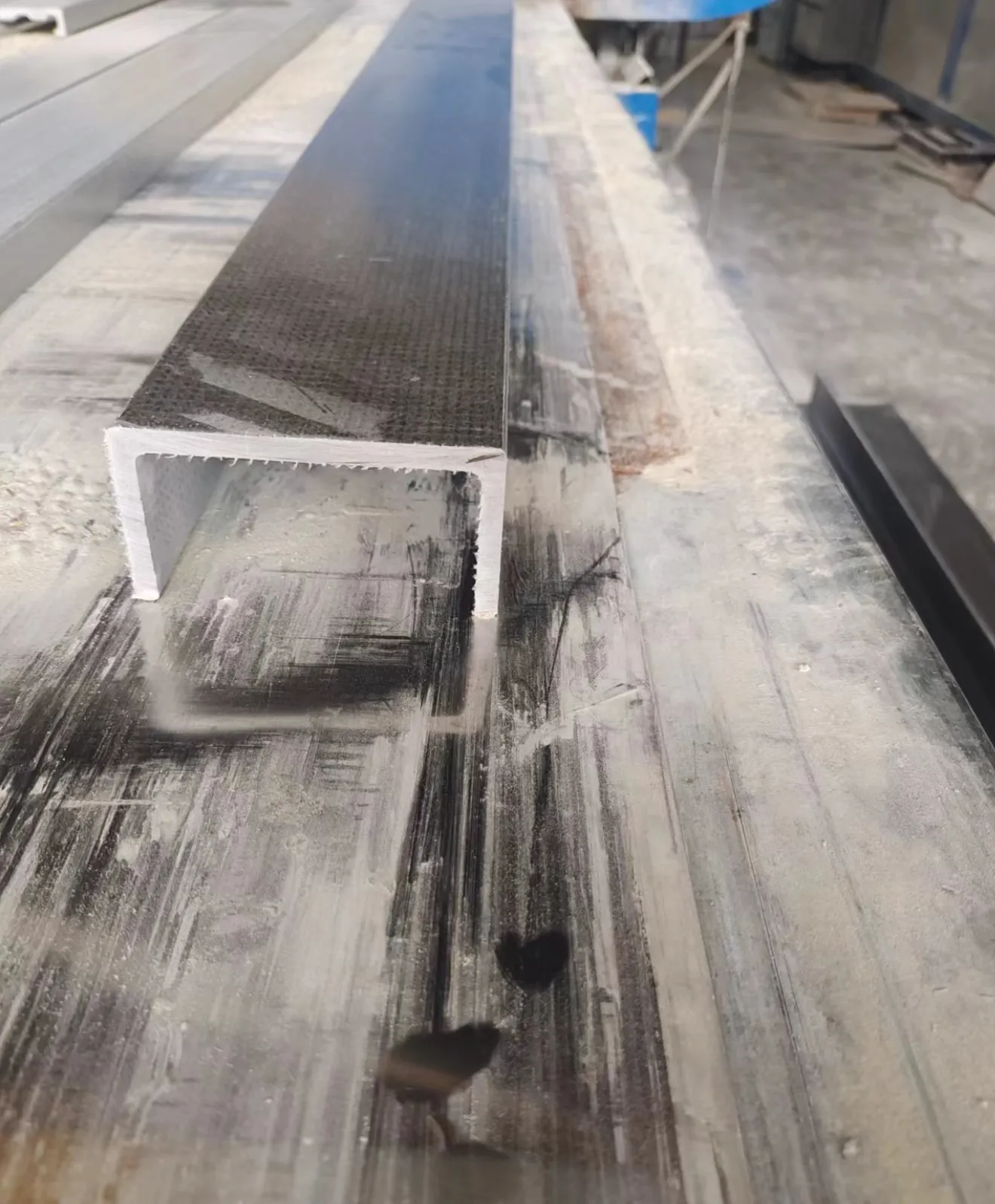loading...
- No. 9, Xingyuan South Street, Dongwaihuan Road, Zaoqiang County, Hengshui, Hebei, China
- admin@zjcomposites.com
- +86 15097380338
- Welcome to visit our website!
frp channel
Understanding FRP Channels A Comprehensive Overview
Fiber Reinforced Polymer (FRP) channels are gaining traction in various engineering and construction applications due to their unique properties and advantages over traditional materials. Understanding what FRP channels are, their benefits, applications, and market trends is essential for professionals involved in construction and materials engineering.
What are FRP Channels?
FRP channels are structural components made from fiber-reinforced polymer, which consists of a polymer matrix reinforced with fibers, typically glass, aramid, or carbon. These materials are designed to enhance the performance and durability of the product. FRP channels can be manufactured in various shapes and sizes to fit specific applications, making them versatile solutions for a wide range of industries.
Advantages of FRP Channels
1. Lightweight One of the main advantages of FRP channels is their lightweight nature. This characteristic leads to easier handling and installation, reducing labor costs and time.
2. Corrosion Resistance Unlike traditional materials like steel, FRP channels exhibit excellent resistance to corrosive environments, making them suitable for use in chemical plants, marine applications, and wastewater treatment facilities.
3. High Strength-to-Weight Ratio FRP materials possess a higher strength-to-weight ratio than many conventional materials. This means that structures made from FRP channels can support significant loads without adding unnecessary weight.
4. Thermal and Electrical Insulation FRP channels provide effective thermal insulation and are non-conductive, making them ideal for electrical applications where insulation is critical.
5. Low Maintenance The durability and corrosion resistance of FRP channels lead to reduced maintenance needs, which can significantly lower lifecycle costs for infrastructure projects.
Applications of FRP Channels
FRP channels can be employed in a diverse range of applications across multiple industries
frp channel

- Construction and Infrastructure FRP channels are often used in bridge construction, parking garages, and building frames, where structural integrity and longevity are paramount.
- Water Management Systems With their corrosion resistance, FRP channels are beneficial in the construction of drainage systems, trenches, and additional water management applications.
- Chemical Processing The ability of FRP to withstand harsh chemicals makes them a preferred choice for piping, ducts, and supports in chemical plants.
- Renewable Energy In the renewable energy sector, FRP channels are used in wind turbine blades and solar panel structures due to their lightweight and strong characteristics.
Market Trends
The market for FRP channels is expected to grow significantly in the coming years. Increased awareness regarding sustainability and the desire for long-lasting materials are driving this demand. Additionally, advancements in manufacturing techniques are making FRP channels more accessible and cost-effective.
The construction industry is increasingly turning to innovative materials to meet environmental regulations and standards. As infrastructure projects look for alternatives to concrete and steel, FRP channels offer a viable solution. Moreover, the ongoing research focused on enhancing the properties of FRP can lead to new applications, fostering further market growth.
Challenges and Considerations
Despite their numerous advantages, FRP channels do face some challenges. The initial costs may be higher compared to conventional materials; however, these costs can be offset over time through reduced maintenance and longer lifespan. Additionally, the manufacturing process of FRP can be energy-intensive, prompting discussions about the environmental impact associated with their production.
Moreover, while FRP channels offer excellent mechanical properties, their performance under extreme conditions, such as high temperatures or heavy seismic activity, requires ongoing research. Engineers and designers must carefully consider the specific requirements of each application and assess how FRP channels will perform in real-world conditions.
Conclusion
FRP channels represent a significant advancement in material science, offering numerous benefits that can address the challenges faced in modern construction and industrial applications. With ongoing innovations and a growing emphasis on sustainability, the use of FRP channels is expected to expand, reshaping infrastructure development for decades to come. Understanding this material's properties, advantages, and market dynamics is essential for professionals aiming to leverage its capabilities effectively.
-
Premium FRP Handrail for All ApplicationsNewsAug.29,2025
-
Low Maintenance FRP Mini Mesh Grating ProductsNewsAug.29,2025
-
Innovative FRP Square Tubes for Modern Industrial SolutionsNewsAug.29,2025
-
FRP Water Storage Tanks Wholesale Solutions for Bulk BuyersNewsAug.29,2025
-
FRP Molded Grating Solutions for Diverse Industrial ApplicationsNewsAug.29,2025
-
Construction Advancements Through FRP Pultruded ProfilesNewsAug.29,2025
-
Why Choose FRP Railings, Guardrails, and Handrail Systems?NewsAug.29,2025
